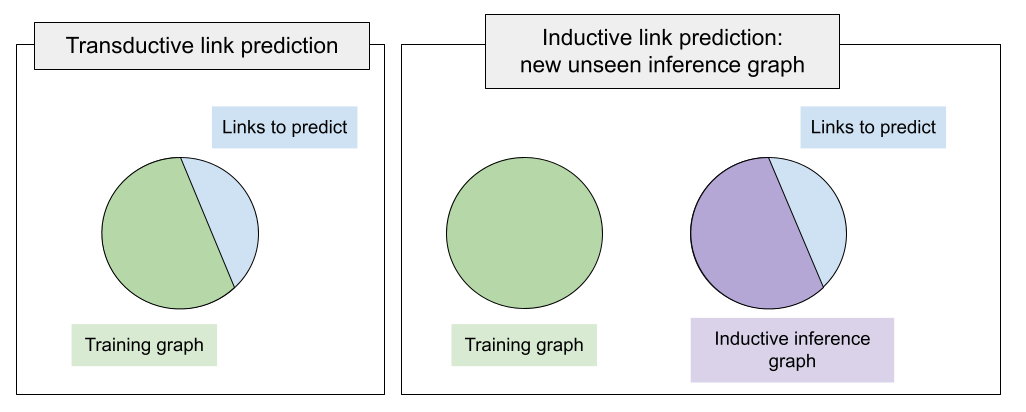NodePiece: Compositional and Parameter-Efficient Representations of Large Knowledge Graphs
Conventional representation learning algorithms for knowledge graphs (KG) map each entity to a unique embedding vector. Such a shallow lookup results in a linear growth of memory consumption for storing the embedding matrix and incurs high computational costs when working with real-world KGs. Drawing parallels with subword tokenization commonly used in NLP, we explore the landscape of more parameter-efficient node embedding strategies with possibly sublinear memory requirements. To this end, we propose NodePiece, an anchor-based approach to learn a fixed-size entity vocabulary. In NodePiece, a vocabulary of subword/sub-entity units is constructed from anchor nodes in a graph with known relation types. Given such a fixed-size vocabulary, it is possible to bootstrap an encoding and embedding for any entity, including those unseen during training. Experiments show that NodePiece performs competitively in node classification, link prediction, and relation prediction tasks while retaining less than 10% of explicit nodes in a graph as anchors and often having 10x fewer parameters. To this end, we show that a NodePiece-enabled model outperforms existing shallow models on a large OGB WikiKG 2 graph having 70x fewer parameters.
PDF Abstract ICLR 2022 PDF ICLR 2022 Abstract






 OGB
OGB
 FB15k
FB15k
